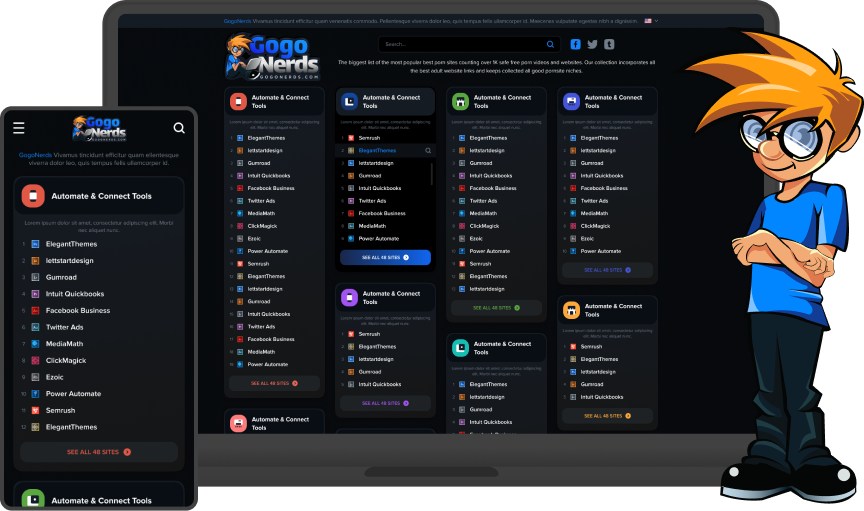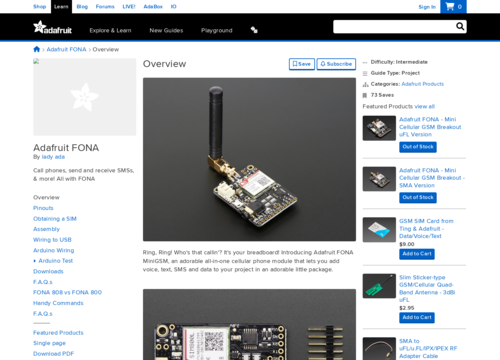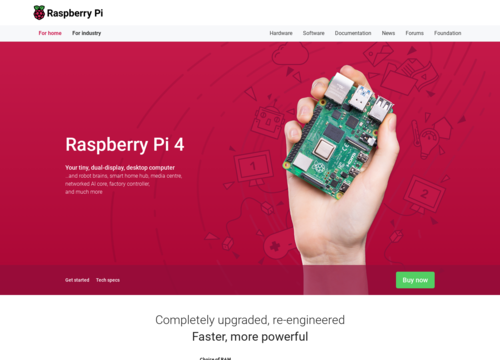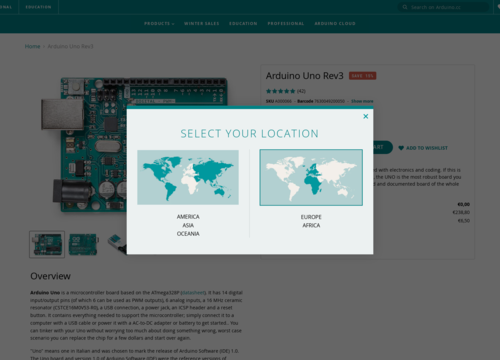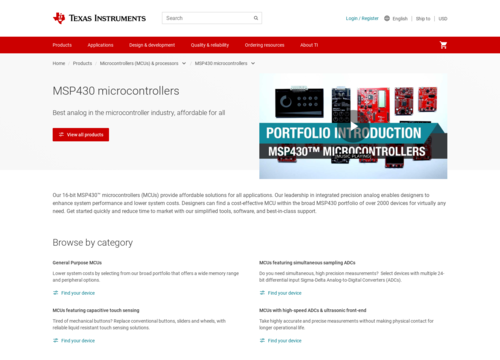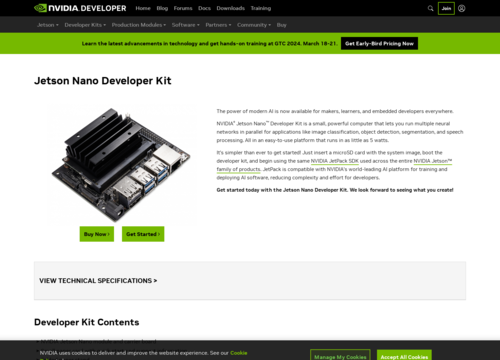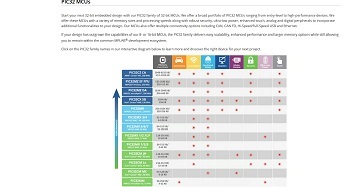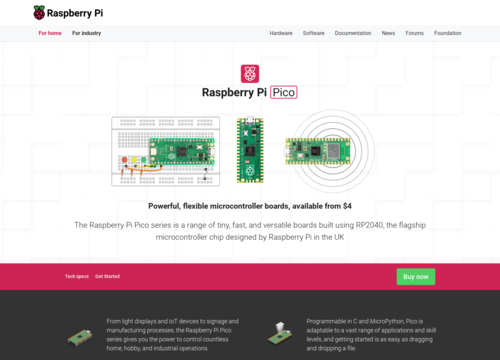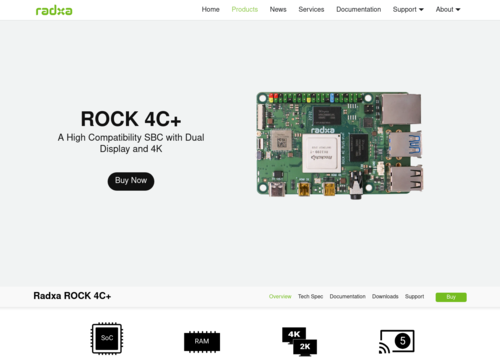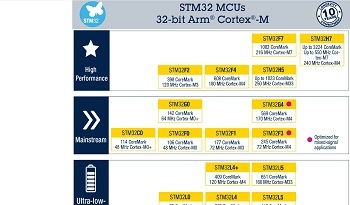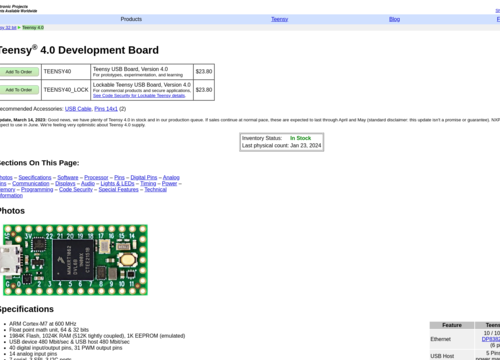ATmega328PB
The ATmega328PB is a low-power, 8-bit microcontroller based on the AVR-enhanced RISC architecture. It is a member of the widespread ATmega series from Microchip (formerly Atmel), and it is particularly famous for its use in popular electronics platforms such as Arduino (specifically, the Arduino Uno and Nano models).
The following are some of its key features and characteristics:
Core and Memory
It operates at a maximum frequency of 20 MHz.
The ATmega328PB comes with 32 KB of in-system programmable flash memory, 1 KB of EEPROM, and 2 KB of SRAM. This memory configuration is suitable for many simple to moderately complex applications.
Input/Output (I/O) Options
The microcontroller offers 24 general-purpose input/output lines. These pins can be used for a variety of functions, including digital input/output, analog input, and PWM.
It supports versatile peripherals such as SPI, UART, and I2C for serial communication.
Analog features
The device includes an 8-channel, 10-bit analog-to-digital converter (ADC). This allows the microcontroller to convert analog signals (such as those from sensors) into digital data that the processor can use.
Timers and PWM Channels
The ATmega328PB is equipped with two 8-bit timers and one 16-bit timer, which are useful for tasks that require precise timing and PWM (pulse width modulation) for controlling devices such as motors and LEDs.
Power efficiency
Designed for power-sensitive applications, it has several power-saving modes, allowing it to run on low power when full processing power is not needed.
Programming and Compatibility
The ATmega328PB can be programmed via ISP (in-system programming) and supports JTAG for debugging.
It is widely supported by a vast number of development tools and software, including the Arduino IDE, which makes it accessible for hobbyists and professionals alike.
Enhancements over ATmega328P
The ATmega328PB is an enhanced version of the ATmega328P (famously used in Arduino Uno). It offers additional features, such as more UARTs, better touch capability, and a unique peripheral touch controller (PTC), for capacitive touch interfaces.
Applications
Its applications range from simple DIY projects to more complex systems. It is used in automation, robotics, sensor networks, and a variety of other embedded systems.
Connectivity
In addition to standard communication protocols such as the SPI, I2C, and UART, the ATmega328PB also supports more advanced features, such as slave TWIs and serial USARTs. These functionalities make it versatile for various communication needs, especially in embedded systems where multiple devices need to communicate efficiently.
Interrupts and External Events
The microcontroller has extensive interrupt support. It can handle internal interrupts (such as timer overflows) and external interrupts (such as pin state changes). This makes it highly responsive to external events, a crucial feature for real-time applications.
Clock system
The ATmega328PB clock system is quite flexible. This can be driven by an external crystal oscillator or an internal RC oscillator. The ability to select different clock sources and prescalers allows for fine-tuning of the performance and power consumption according to the needs of the application.
Development and Debugging Tools
For development, tools such as Atmel Studio and the Arduino IDE are commonly used. The availability of these tools simplifies programming, debugging, and uploading code to the microcontroller. The Arduino IDE, in particular, offers a more beginner-friendly environment with a vast library of existing code that can be easily adapted.
Community and Support
One of the strengths of the ATmega328PB, like many of its siblings in the ATmega line, is the strong community support it enjoys. Online forums, tutorials, and a plethora of project examples are available, which is particularly beneficial for new to microcontroller programming or electronics.
Robustness and Reliability
The ATmega328PB is known for its robustness and reliability under various environmental conditions, making it suitable for industrial applications as well as for hobbyist projects. Its operational range in terms of temperature and voltage makes it adaptable to harsh environments.
Cost-effectiveness
Considering its features and capabilities, the ATmega328PB is quite cost-effective. This makes it a go-to option for educational purposes, small-scale projects, and even commercial product development where cost is a significant factor.
The ATmega328PB is a versatile, efficient, and reliable microcontroller suitable for a wide array of applications. Its balance of processing power, memory, connectivity options, and robust community support makes it a popular choice among both beginners and experienced developers in the world of embedded systems and electronics.

